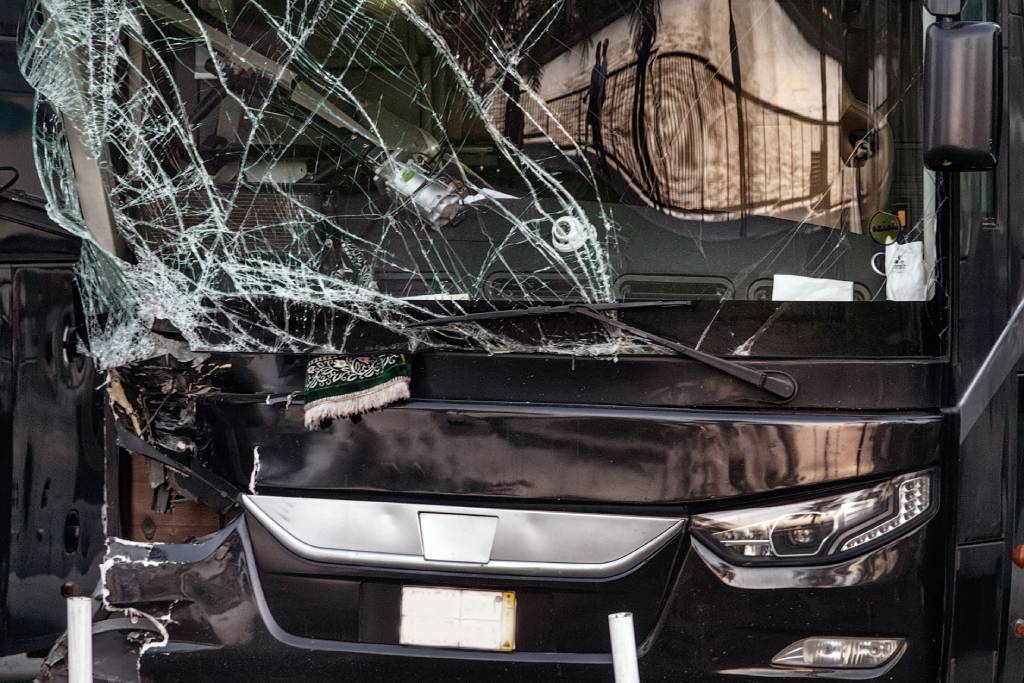TL;DR (50 words): Many people misunderstand how personal injury claims work, leading to costly mistakes. This blog debunks common myths—like needing to file immediately, not being able to sue if partly at fault, and thinking only drivers can sue—to help victims make informed legal choices and protect their rights effectively.
- Immediate Filing Isn’t Required: Victims don’t need to file a claim right after an accident; they often have months or even years depending on the state.
- Partial Fault Doesn’t Disqualify You: In states like California, comparative fault rules allow partially responsible parties to still receive compensation.
- Drivers Aren’t the Only Eligible Plaintiffs: Passengers, pedestrians, and cyclists also have the right to sue after an accident caused by negligence.
- Not All Claims Go to Court: Many personal injury cases settle out of court through negotiations, avoiding the stress of a trial.
- Even Minor Injuries May Warrant Legal Help: Minor injuries can lead to significant costs or long-term effects. Consulting a lawyer helps protect your interests.
Personal injuries claims make sensitive subjects at times. Legally speaking, they’re also complex, so there’s no shortage of myths and bad advice floating around. From misunderstandings about who can file a claim to confusion about how long you have to act, these myths can lead accident victims to make costly mistakes.
Are you just trying to understand how personal injury settlements work? Or did you recently experience a traumatic auto accident that led to a serious injury? Either way, you’ll want to know the facts rather than be fooled by fiction. (Especially if you’ re considering pursuing legal action against the party you believe caused your injury through negligence.)
In this blog, we’ll bust some of the most common myths about personal injuries claims – so you can make informed decisions and protect your legal rights.

You Must File a Claim Immediately After an Accident
This myth stands out as one of the trickier falsehoods to debunk. It’s 100% incorrect, but unlike some of the other myths we will examine here, you can understand why people might believe it. After all, the sooner you file, the sooner you can start pursuing any compensation to which you’re entitled and working toward a personal injury settlement.
But we digress. You’re by no means required to file a claim just a few days or even weeks after an accident. Above all, you may be physically or mentally unable to manage the process of filling out court paperwork for an auto accident lawsuit (even on a computer) for months. The way the May Firm team sees it, your well-being (including any essential medical care) supersedes other concerns.
Let’s move on to a logical follow-up question:
How Long After a Car Accident Can You Claim Injury?
The answer to this query varies by state.
In California, the statute of limitations extends two years from the date of the accident (auto or otherwise) during which you can file a personal injury claim. One major exemption applies here: If you’re claiming against a Golden State government agency or organization, that two-year window narrows to six months.
You Can’t File a Claim if You Were Partially at Fault
This holds true in just a handful of jurisdictions – Alabama, North Carolina, Virginia, Maryland, and the District of Columbia. For all other states, including California, the answer to “Who is the plaintiff in an auto injury case?” isn’t “the person with absolutely no fault in the matter.”
California uses shared fault laws (more formally known as comparative fault) to determine accident liability. Both civil courts and insurance companies follow this standard. If multiple parties are considered at fault, the next step is determining fault percentages.
For a straightforward example, let’s imagine a car accident case involving just two parties (you and another driver).
You drove 5-7 miles over the posted speed limit but started slowing down close to a traffic light as it switched from green to yellow. Then a driver on the intersecting road, traveling either at breakneck speed, under the influence, or both, ignored the right light before them, sharply turned and crashed into your front end.
Because you sped in the first place, you might have a small percentage of fault (say, 10-15%). The other driver, meanwhile, has the rest, as they were vastly more negligent. You might have to pay a small share of your medical expenses and other economic damages out of pocket, but California personal injury laws ensure the majority are covered.
The Plaintiff is Always the Driver
Drivers represent a large share of personal injury lawsuit plaintiffs, to be sure. However, no law in California demands that auto accident cases have drivers as plaintiffs. (Frankly, this would stand out among the country’s most absurd laws if it existed.)
Many people other than drivers suffer injuries in car crashes and truck accidents, from passengers and pedestrians to bicyclists. All of them have the right to file a civil complaint if injured due to another person’s negligence.
With that said, under California law, drivers do have specific responsibilities in accidents. Above all, they must report the incident to CHP unless no one sustained injuries or died, or law enforcement was already on scene. If no injuries or deaths occur, the state’s Vehicle Code demands that they move their vehicle off the road. Finally, drivers that hit a parked vehicle must find the owner or leave a detailed note with contact information.
Personal Injury Settlements Always Go to Court
This myth is particularly resilient despite being quite far from the truth. Many cases that result in a bodily injury settlement don’t come close to a trial, though there may be some proceedings that take place in a courtroom.
Attorneys representing plaintiffs (a.k.a. complainants) in personal injury claims generally try to negotiate settlements with the defendant’s legal counsel before taking cases to trial. Going this route puts the least amount of stress on their clients by bringing the matter to a relatively swift end.
However, if the defendant’s legal team plays hardball, or a plaintiff is pursuing a claim against multiple at-fault parties, negotiations can become difficult. In such instances, a complainant’s lawyer may opt for a trial.
Civil verdicts in auto accident lawsuits and similar personal injury cases can produce larger awards than settlements, especially if the court imposes punitive damages. The flip side, of course, is that trials can drag on for months and become incredibly stressful. Also, punitive damages are fairly uncommon, so it’s unwise to pursue a trial based on their possibility.
You Don’t Need a Lawyer for Minor Injuries
If you have a valid basis to pursue a personal injury claim due to another party’s negligence, the severity of your injuries is irrelevant.
Firstly, minor injuries can cause complications that don’t surface for some time after they occur. And in the short term, they can prevent you from working long enough to seriously impact your finances. Secondly, accidents can also create trauma that negatively impacts your quality of life even if you had only superficial physical injuries. Last but not least, without an expert personal injury lawyer, an insurance company may push you to accept an unfair settlement.
At the very least, you owe it to yourself to speak with experienced attorneys to get an opinion on your case’s viability.
The May Firm offers no-cost, obligation-free consultations to car accident and personal injury victims all over southern California. We’ll be happy to review the facts of your case and give you our honest opinion on whether you have a chance of winning a settlement or court award. If you enlist our help, we’ll fight to earn you any compensation you deserve both in and out of court. Call us today at 866-758-4684 or reach out via the contact form below.


